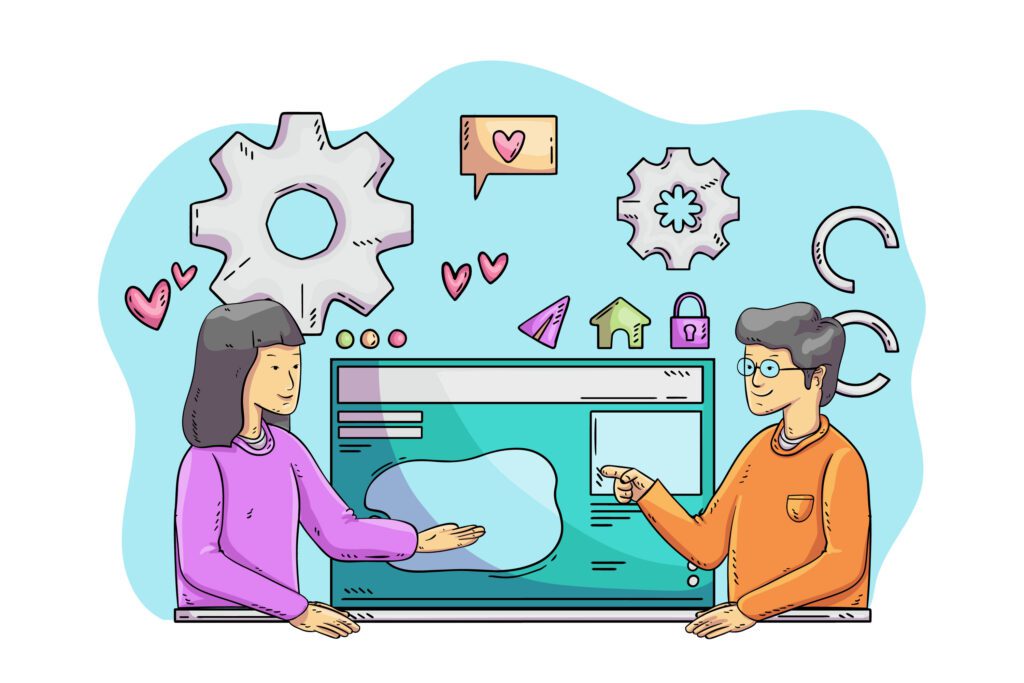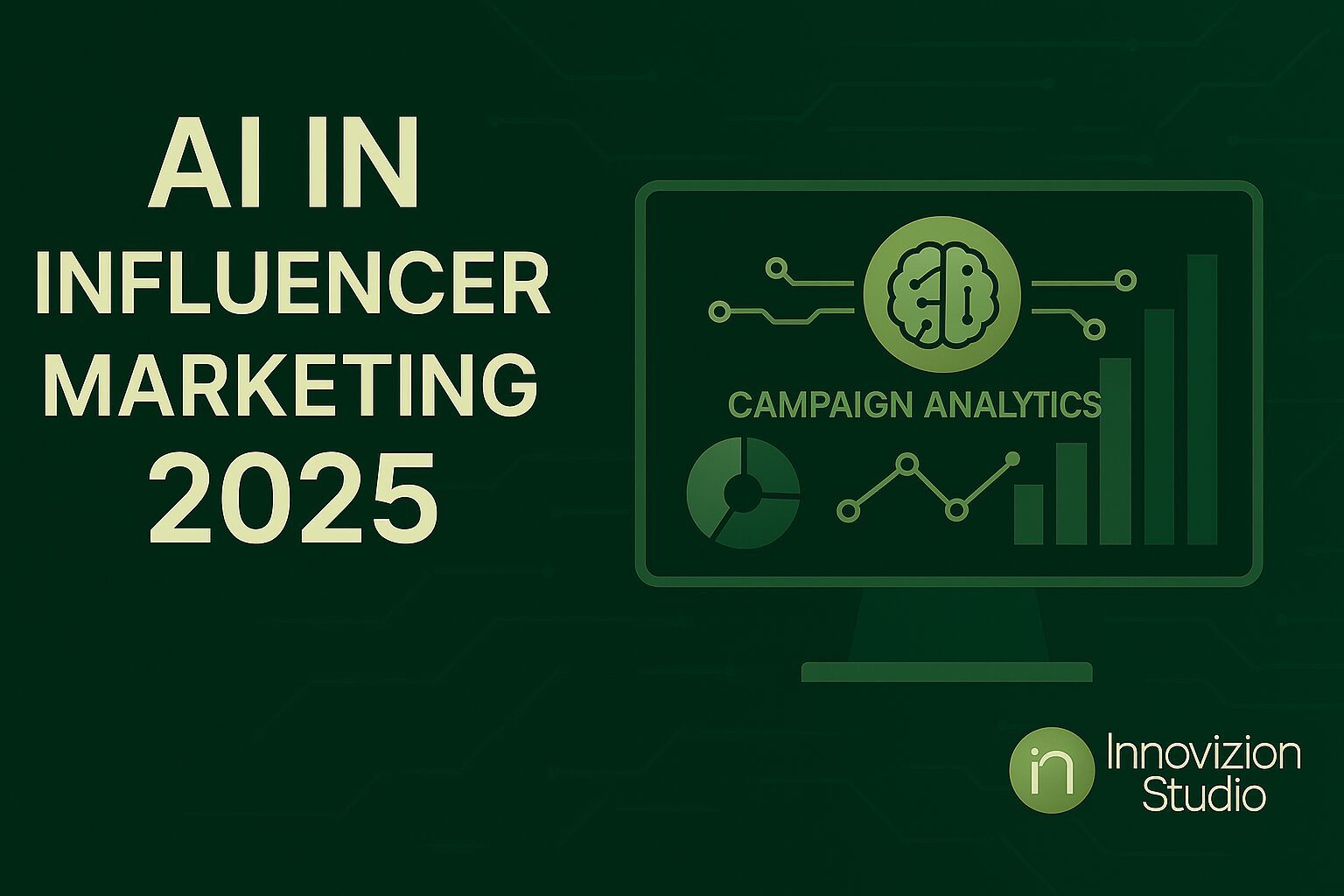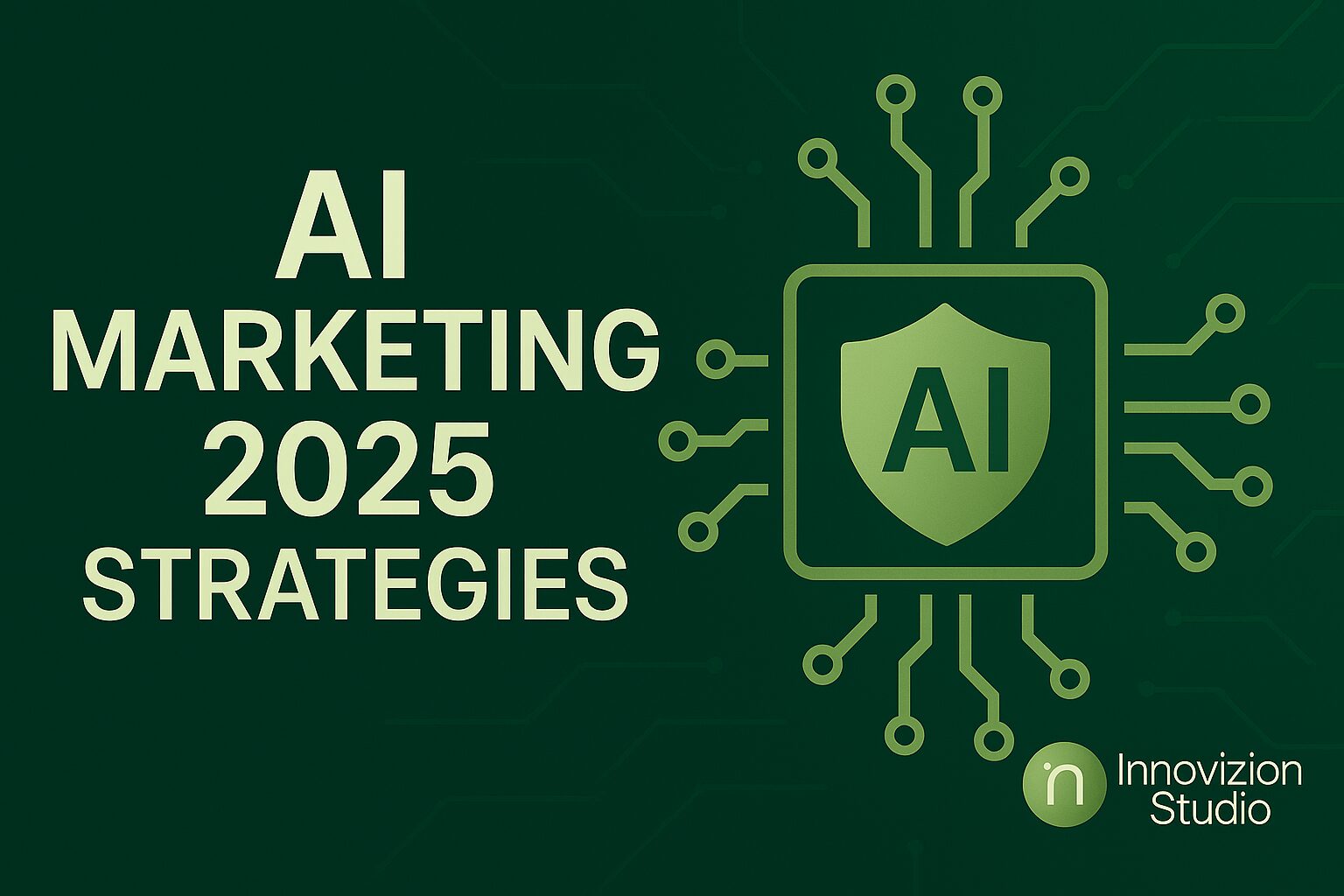Introduction
AI in Influencer Marketing is no longer just a futuristic concept—it’s the present and future of brand collaborations, campaign analytics, and personalized content delivery. As we step into 2025, brands that leverage artificial intelligence in influencer campaigns are seeing higher ROI, better audience targeting, and improved authenticity.
In the past, influencer marketing was primarily driven by gut feelings and manual outreach. Marketers would select influencers based on follower count and surface-level engagement metrics. However, with AI-powered tools, brands can now identify genuine micro-influencers, analyze their audiences in real time, and predict campaign success with data-driven accuracy.
Micro-influencers, in particular, are benefiting immensely from this transformation. These influencers typically have smaller but highly engaged communities, making them perfect candidates for AI-driven matching algorithms. With platforms now integrating machine learning, natural language processing (NLP), and predictive analytics, brands can build more personalized, cost-effective, and scalable influencer campaigns than ever before.
This blog explores:
- How AI in Influencer Marketing is shaping campaign strategies
- Why micro-influencers are essential for 2025 marketing success
- AI tools that help brands optimize influencer collaborations
- Actionable steps to implement AI-powered influencer campaigns
- Future trends of AI-driven influencer marketing

1. The Rise of AI in Influencer Marketing
Artificial intelligence has become the backbone of influencer marketing in 2025. By analyzing massive amounts of social data, AI tools can:
- Identify authentic influencers with high engagement and low fake followers
- Predict audience behavior and potential campaign performance
- Automate influencer discovery using machine learning algorithms
- Analyze content sentiment to ensure brand alignment
For example, platforms like Traackr, Upfluence, and Influencity use AI to evaluate influencer authenticity, engagement rates, and audience demographics. This ensures brands don’t waste resources on influencers with inflated metrics. Forbes on AI Marketing
2. Micro-Influencer Marketing 2025 – Why It Matters
Micro-influencers (typically 1K–100K followers) have gained dominance because they:
- Drive higher engagement rates than macro-influencers
- Offer niche targeting capabilities for specific industries
- Build genuine relationships with followers
- Cost significantly less while providing better ROI
In 2025, with AI tools, brands can instantly identify micro-influencers whose audiences perfectly match their target demographics. AI also helps track real-time campaign metrics, allowing businesses to scale collaborations without manual effort.
3. AI-Driven Influencer Matching and Campaign Planning
One of the biggest challenges in influencer marketing was finding the right influencer. AI now makes this seamless:
- AI-Powered Search Engines: Scan millions of profiles to suggest influencers based on niche, engagement, and credibility.
- Predictive Analytics: Estimate campaign ROI before collaborations.
- Natural Language Processing (NLP): Understand influencer tone, content style, and audience sentiment.
- Image Recognition Tools: Identify brand-relevant visual content.
This automation saves weeks of manual research while ensuring brand-influencer alignment.
4. AI in Content Creation and Personalization
AI is also transforming how influencer-generated content is created and optimized:
- AI Copywriting Tools: Help influencers create high-performing captions and blogs.
- Automated Video Editing: Speeds up content production.
- AI Audience Insights: Suggests content formats that resonate most with followers.
- Personalized Campaign Messaging: Delivers 1:1 engagement through AI chatbots.
For instance, a beauty brand can work with micro-influencers where AI recommends personalized product descriptions and content types (Reels, Stories, Live Streams) that resonate most with a specific audience.
5. Real-Time Analytics and Performance Tracking
In traditional influencer marketing, measuring success was guesswork. With AI-powered dashboards, brands can now:
- Track campaign performance in real-time
- Identify high-performing influencers instantly
- Get predictive insights for future campaigns
- Automatically calculate true ROI
This ensures that every marketing dollar spent on influencer collaborations is backed by data-driven decision-making.
6. Future Trends in AI-Driven Influencer Marketing
As we progress through 2025, expect these trends to dominate:
- AI-Powered Influencer Marketplaces: Fully automated influencer-brand matchmaking.
- Voice and AR Influencer Campaigns: AI-driven filters and interactive content.
- Fraud Detection Algorithms: Zero tolerance for fake followers and bots.
- AI Contract Management: Smart contracts for automated payments.
- Deeper Personalization: Micro-segmentation of audiences for ultra-targeted campaigns.
7. Implementing AI in Your Influencer Marketing Strategy
To leverage AI in influencer marketing effectively:
- Choose the Right AI Tools: Platforms like Grin, CreatorIQ, and Aspire.
- Start with Micro-Influencers: Higher engagement and better niche focus.
- Use Predictive Analytics: Forecast success before launching campaigns.
- Automate Reporting: Save time with AI-generated reports.
- Integrate AI with CRM: Sync influencer campaigns with your overall marketing funnel.
Conclusion
The future of influencer marketing is AI-powered, data-driven, and micro-focused. Brands that adopt AI in Influencer Marketing in 2025 will experience better ROI, stronger audience connections, and scalable influencer collaborations.
If you’re ready to modernize your influencer strategy and embrace AI-driven campaigns, Innovizion Studio can help you plan, design, and execute high-impact digital marketing strategies tailored for your brand.




